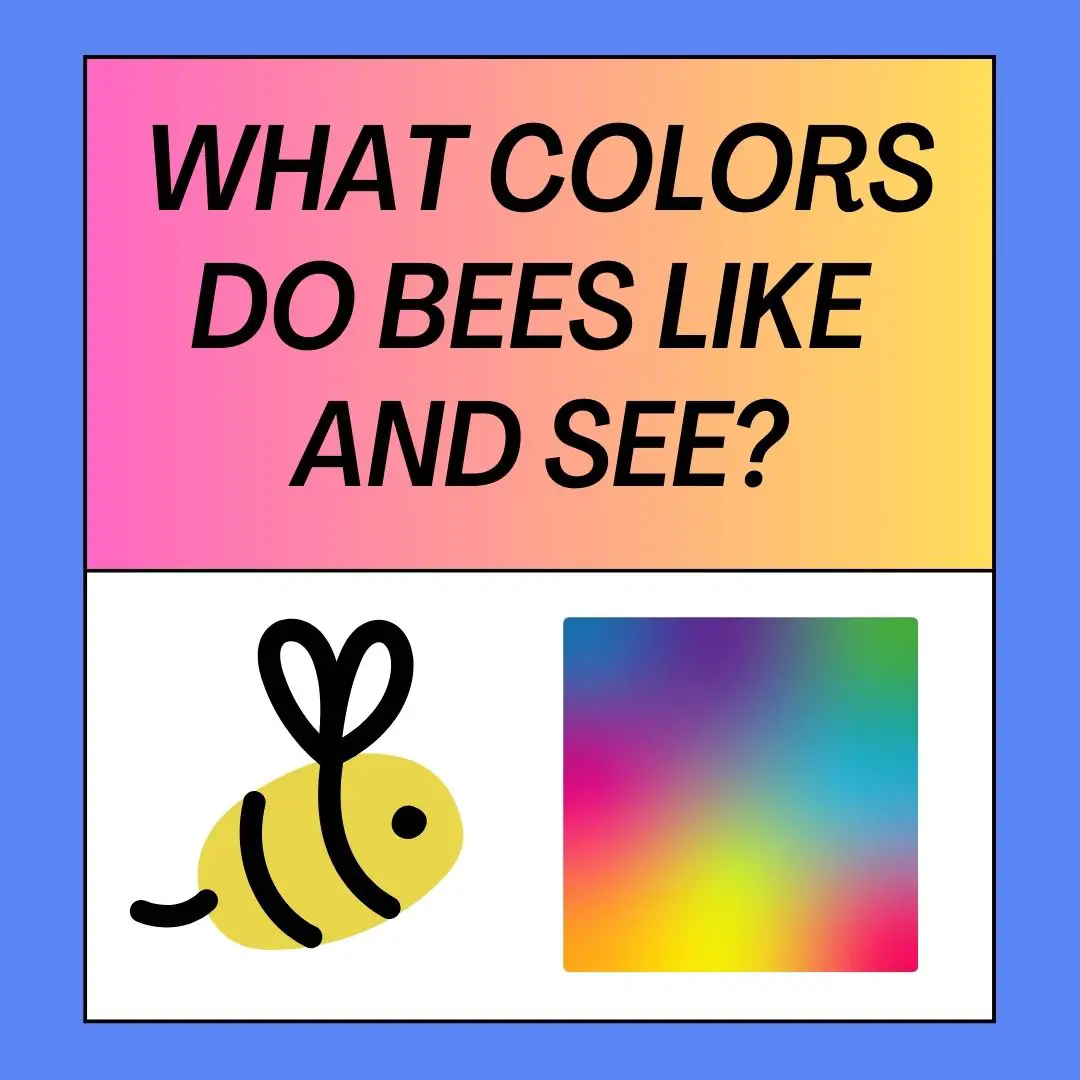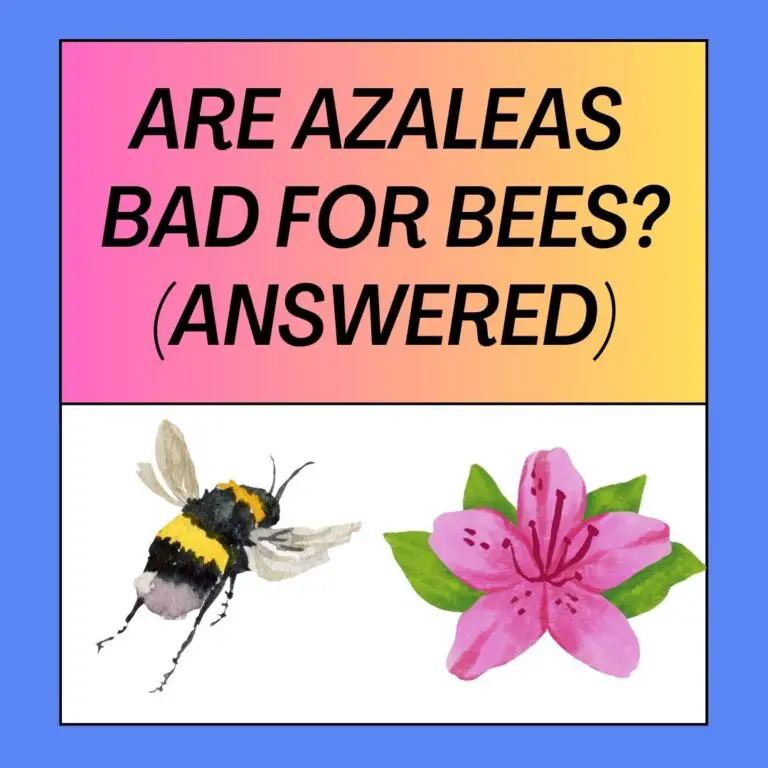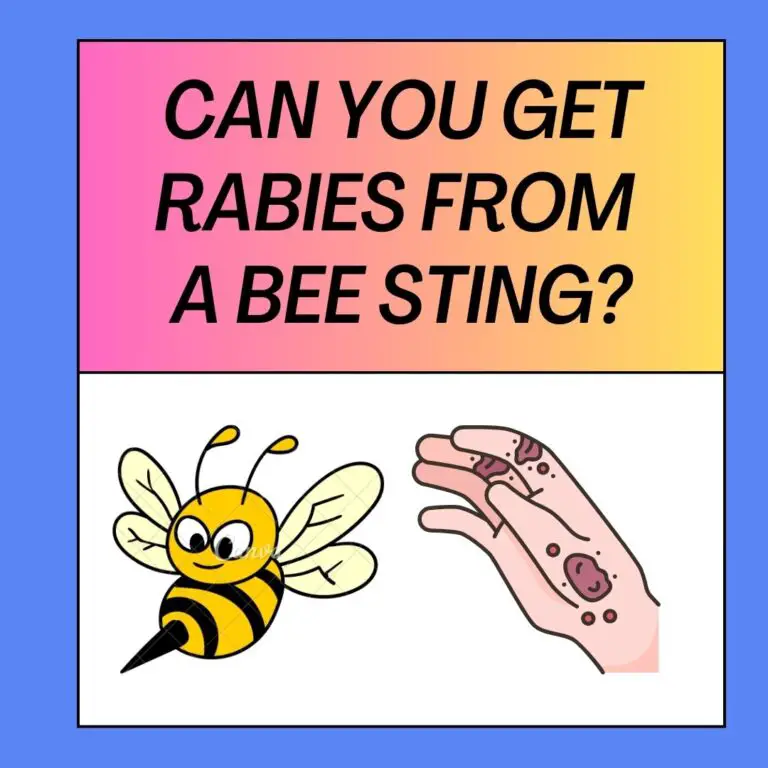
What Do Bees See? Bees, like humans, perceive the world around them through vision, but their visual spectrum differs from ours. Understanding what bees see and their unique color spectrum can provide insights into their foraging behaviors and their role in pollinating various flowers.
The Bee’s Color Spectrum
1. Ultraviolet (UV) Vision:
- Bees can see ultraviolet light, which is beyond the range of human vision. This ability is particularly important for bees because many flowers have UV patterns or nectar guides that are invisible to humans but stand out vividly to bees. These patterns help guide bees to the nectar and pollen sources within the flower.
2. Blue and Violet Vision:
- Bees are highly sensitive to blue and violet wavelengths of light. These colors appear particularly attractive to them, and many flowers have petals in shades of blue and violet to lure bees. For bees, blue and violet are not just colors; they are powerful signals that indicate the presence of nectar-rich flowers.
3. Green and Yellow Vision:
- Bees see green and yellow colors well, although not as sensitively as they do blue and violet. Green leaves and yellow flowers are part of the bee’s visual world. However, green flowers are less common because they may blend in with the surrounding foliage, making it harder for bees to locate them.
4. Orange and Red Vision:
- Bees have difficulty distinguishing between orange and red colors. To them, these colors often appear as variations of yellow. Consequently, flowers that are purely orange or red may not be as attractive to bees as those in different parts of the spectrum.
5. Polarized Light Detection:
- Bees can detect polarized light patterns in the sky, which they use for navigation. This ability helps them orient themselves and find their way back to the hive after foraging. Polarized light patterns are created by the scattering of sunlight, and bees have specialized photoreceptor cells to detect this polarized light.
Bees see a world that includes colors beyond our human perception, such as ultraviolet light. Their vision is adapted to help them find nectar and pollen sources in flowers, which often have UV patterns and shades of blue and violet. Understanding the bee’s unique color spectrum sheds light on their remarkable ability to pollinate a wide variety of flowers and contribute to the diversity of plant life on Earth.
What Colors Do Bees Like?
Bees are attracted to a variety of colors, but their preferences are primarily tied to their foraging habits and the colors of flowers that contain nectar and pollen. Here are some key points about the colors that bees are known to be attracted to:
- Blue and Violet: Bees are highly attracted to blue and violet flowers. Many common garden flowers, such as lavender, borage, and salvia, display shades of blue and violet that are particularly appealing to bees.
- Yellow: Yellow is another color that bees find attractive. Flowers like sunflowers, marigolds, and daisies often have yellow blooms that bees visit frequently.
- Purple: Shades of purple, similar to violet, are also popular among bees. Flowers like lavender, catmint, and Russian sage have purple hues that draw bees.
- White: While not as attractive as blue or yellow, white flowers are still visited by bees. Flowers like white clover and jasmine can be pollinated by bees.
- Ultraviolet: Bees can see ultraviolet (UV) light, which is invisible to humans. Many flowers have UV patterns or nectar guides that are visible to bees, guiding them to the nectar source. These patterns often contrast with the petals, making them stand out to bees.
Do Bees See in the Dark?
Bees are diurnal insects, meaning they are primarily active during daylight hours. Their vision is adapted to daylight conditions, and they rely on natural sunlight for navigation and foraging. Consequently, bees do not see well in the dark.
Bees have compound eyes, which are made up of numerous tiny lenses called ommatidia. While these eyes are well-suited for detecting motion and differentiating between colors, they are not equipped for low-light or nocturnal vision. In darkness or low-light conditions, bees would struggle to navigate, locate food sources, or perform other essential activities.
During the nighttime or when natural light is scarce, bees typically return to their hives or nests to rest. Their ability to function and perceive their surroundings is closely tied to daylight, making them highly dependent on the sun’s presence for their daily activities.
Related FAQ’S
Do Bees Have 360 Vision?
- No, bees do not have 360-degree vision. They have two large compound eyes on the sides of their head that provide a wide field of view, but there is a gap between these eyes on the top of their head where they cannot see.
Do Bees Have Good Night Vision?
- Bees have poor night vision. They are primarily diurnal creatures, meaning they are active during the daytime. At night, their vision is significantly impaired, and they rely more on their other senses, such as their sense of smell, to navigate.
Can Bees See the Sun?
- Yes, bees can see the sun. They use the sun’s position in the sky as a navigational tool. They can even detect the polarization pattern of sunlight, which helps them determine the sun’s location even on cloudy days when the sun is not directly visible.
What Colors Can Bees See?
- Bees can see a wide range of colors, including ultraviolet (UV), blue, violet, green, and yellow. They have difficulty distinguishing between orange and red, often perceiving them as variations of yellow.
Which Color Are Bees Blind To?
- Bees are not truly colorblind, but they are less sensitive to red and orange colors. To bees, these colors often appear as shades of yellow.
Can Bees See Humans?
- Bees can see humans, but their vision is adapted primarily for recognizing flowers, patterns in the sky, and other objects in their environment. They do not perceive humans in the same way that we perceive each other.
Can Bees See in the Dark?
- Bees have poor night vision and cannot see well in the dark. They are adapted for daytime foraging and rely on other senses, such as their sense of touch and smell, when it’s dark.






